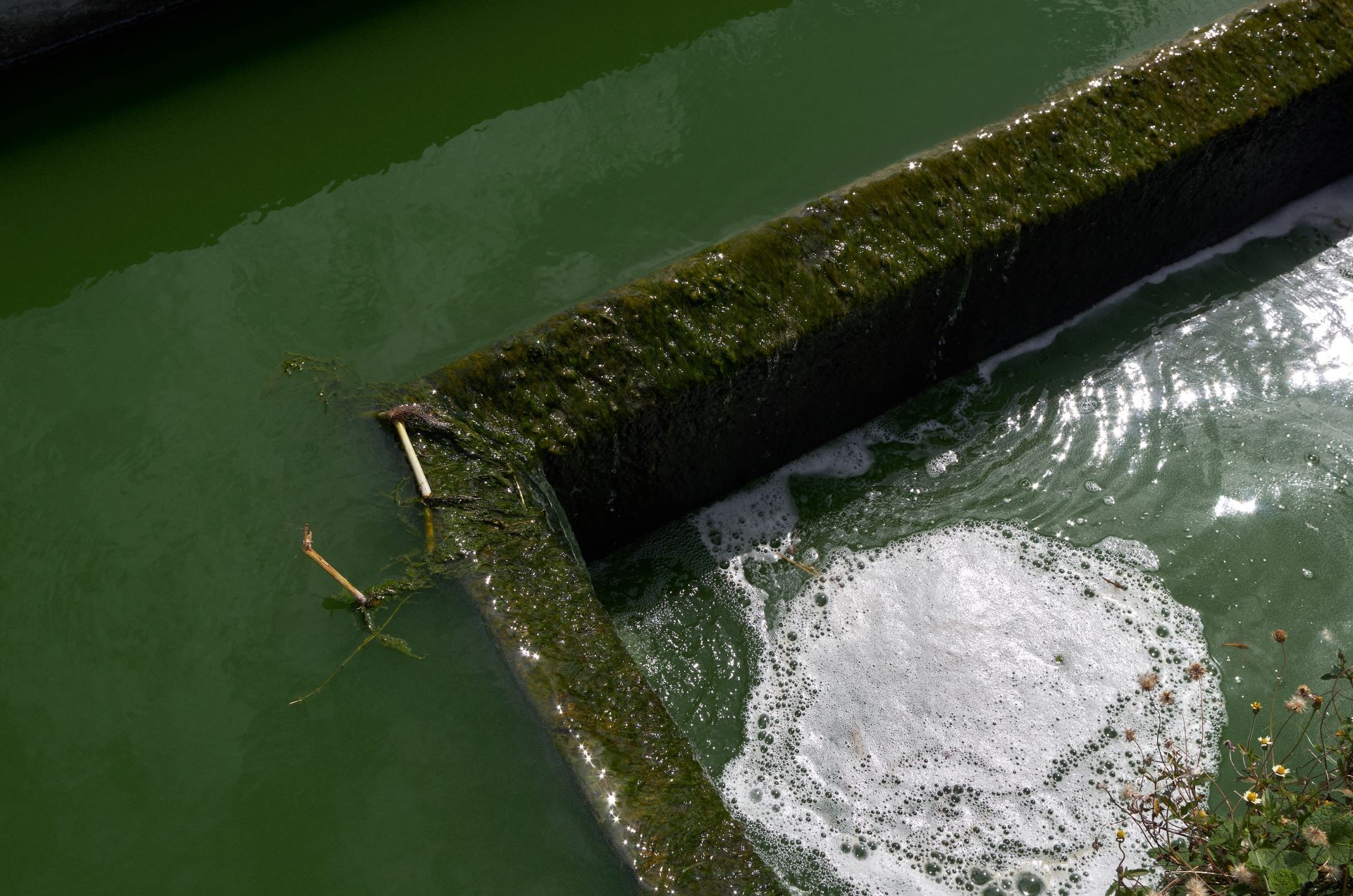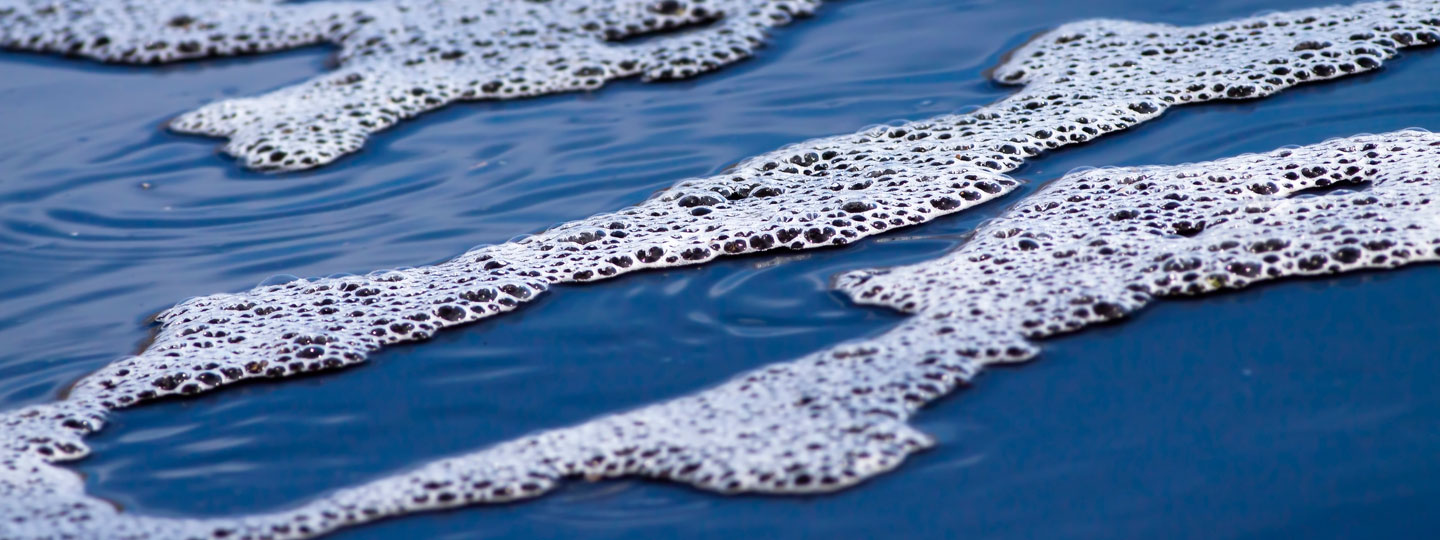Picking the Right Defoamer for Your Particular Application Needs
Picking the ideal defoamer for certain application demands is a nuanced process that requires cautious consideration of several aspects, such as the foam operating, kind, and tool conditions. Comprehending the nuances of defoamer performance-- consisting of rate and determination-- while additionally making up ecological and regulatory aspects is crucial. Furthermore, participating in trials and consulting with makers can give useful understandings. However, browsing these intricacies can be daunting, and the effects of a bad choice may be substantial. What methods can be used to guarantee an optimum option?
Recognizing Foam Development
Foam formation happens when gas is caught within a fluid, creating a stable framework of bubbles. This phenomenon can dramatically affect various commercial processes, specifically in sectors such as food production, drugs, and wastewater therapy. The existence of foam can prevent mixing, reduce product high quality, and also lead to operational ineffectiveness.
Foam usually develops because of a combination of factors, consisting of surface-active agents, agitation, and the features of the liquid stage. Surfactants reduced the surface area tension of the fluid, helping with the formation of bubbles that can stabilize and integrate. Agitation, whether from mechanical mixing or gas introduction, enhances bubble formation, resulting in boosted foam quantity.
Comprehending the technicians of foam formation is important for sectors aiming to maximize their processes. By identifying the specific conditions that advertise foam generation, companies can implement methods to alleviate its impacts.
Kinds of Defoamers Available
Various kinds of defoamers are readily available to attend to the difficulties positioned by foam in commercial applications. defoamers. Generally classified, defoamers fall under 3 groups: silicone-based, non-silicone-based, and all-natural defoamers
Silicone-based defoamers are renowned for their performance and security across a wide variety of temperatures and pH degrees. They are typically used in applications where solid foam reductions is required, such as in adhesives, finishings, and paints. Their reduced surface area tension enables for rapid foam collapse.
Non-silicone-based defoamers, frequently made from organic substances, supply a choice for applications conscious silicone deposits. These defoamers can be more divided right into polyether and ester kinds, each customized to fulfill certain solution needs. Non-silicone defoamers are often used in food handling and individual treatment products due to their compatibility with numerous formulas.
Natural defoamers, originated from plant or animal sources, are obtaining grip due to their green profile. These products are particularly appealing in applications where regulatory conformity and sustainability are paramount, such as in agrochemicals and biotechnology.
Choosing the best kind of defoamer is vital for enhancing efficiency and guaranteeing compatibility with particular applications.
Secret Application Factors To Consider
When selecting a defoamer, it is necessary to consider the specific application demands to guarantee optimum performance. defoamers. Various industries have unique demands, such as food handling, drugs, or wastewater treatment, and each application may call for unique defoaming homes
Key aspects to evaluate consist of the tool in which the defoamer will be made use of, whether it is water-based, oil-based, or a combination thereof. The temperature and pH degrees of the application can additionally considerably influence the efficiency This Site of a defoamer. Furthermore, compatibility with other chemicals present in the system is crucial to protect against unfavorable responses that might compromise efficiency.
One more important consideration is the frothing actions of the details system. Comprehending whether the foam develops quickly or slowly can lead the choice of a defoamer that targets the source successfully. In addition, the preferred rate of defoaming can influence the choice, as some applications call for quick activity while others might endure slower defoaming processes.
Lastly, regulatory and environmental considerations ought to not be forgotten, especially in sectors with rigorous compliance demands. Picking a defoamer that straightens with these factors makes certain both efficiency and safety and security in the application.

Performance Testing Methods
Examining the performance of a defoamer calls for a systematic review method to testing that precisely gauges its effectiveness in specific applications. Numerous efficiency screening methods can be employed to identify the optimum defoamer for a given solution.
One typical technique is the bubble test, which assesses the defoamer's capability to decrease foam quantity over time. This test entails generating a steady foam and then adding the defoamer to observe the rate of foam collapse.

Eventually, choosing the ideal performance testing method depends on the details application and the kind of foam being resolved. Each approach offers beneficial information that can direct formula modifications and enhance the performance of the defoamer in sensible applications.
Best Practices for Option


Next, consider the defoamer's efficiency in terms of rate of action and perseverance. A quick-acting defoamer may be required for processes where quick foam reductions is crucial, while a much more consistent solution could be required for long term foam control. Additionally, evaluate the ecological impact of the defoamer, including its biodegradability and any type of regulative conformity requirements.
Conduct tests with picked defoamers to determine their efficiency in real-world conditions. By sticking to these finest methods, you can enhance foam control performance and her comment is here make sure the durability of your procedures.
Verdict
In recap, choosing the proper defoamer necessitates a comprehensive evaluation of different variables, including foam kind, medium, operating problems, and environmental factors to consider. Comprehending the one-of-a-kind attributes of foam formation and the offered defoamer alternatives is important. Furthermore, utilizing reliable performance testing approaches and sticking to best practices throughout the selection process will certainly enhance the possibility of achieving optimum defoaming results. Inevitably, a well-informed option technique will deal with particular application requirements and reduce lathering obstacles properly.
Choosing the ideal defoamer for particular application requirements is a nuanced procedure that requires careful consideration of several factors, such as the foam tool, type, and operating conditions.Picking the appropriate defoamer is crucial for attaining optimal efficiency in foam control applications. A quick-acting defoamer may be essential for processes where fast foam reductions is essential, while a much more consistent formula could be needed for prolonged foam control.In summary, selecting the ideal defoamer requires a detailed assessment of various variables, including foam type, tool, operating conditions, and ecological considerations. Understanding the special features of foam development and the offered defoamer options is vital.